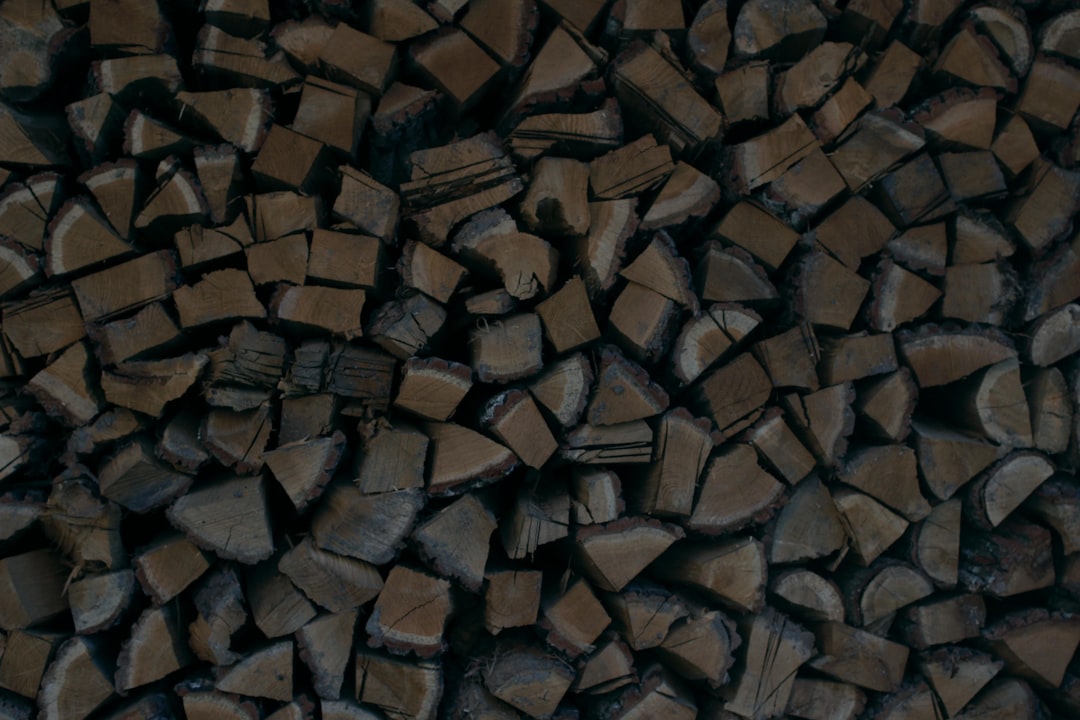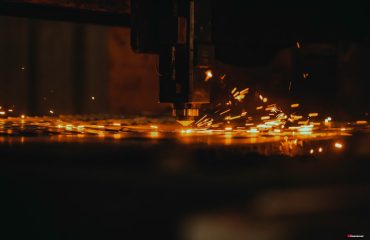Steel, the backbone of modern infrastructure, is a marvel of engineering. But its creation begins long before the molten metal flows. Understanding the diverse sources of steel’s raw materials is crucial to comprehending the entire steelmaking process and its global implications. This comprehensive guide explores the key ingredients that contribute to this essential material.
1. Iron Ore: The Foundation of Steel
Iron ore, the primary raw material in steel production, is a rock or mineral containing iron oxides. Various types exist, including hematite (Fe₂O₃), magnetite (Fe₃O₄), and limonite (FeO(OH)·nH₂O), each differing in iron content and ease of processing. Hematite, the most common type, typically contains around 60-70% iron. The extraction of iron ore involves large-scale mining operations, often employing open-pit or underground methods depending on the ore deposit’s geology and depth. After extraction, the ore undergoes beneficiation processes, such as crushing, grinding, and concentrating, to increase the iron content and remove impurities like silica, alumina, and phosphorus. These impurities can significantly impact the quality of the final steel product.
2. Scrap Metal: A Sustainable Steel Ingredient
Scrap metal plays a vital role in modern steelmaking, offering a sustainable and cost-effective alternative to relying solely on iron ore. This category encompasses various steel and iron products reaching the end of their lifespan, including discarded automobiles, construction materials, and industrial machinery. Scrap metal is collected through various channels, including junkyards, recycling centers, and demolition sites. The quality of scrap metal varies greatly, depending on its source and composition. Before being used in steelmaking, scrap metal undergoes sorting and processing to remove contaminants and ensure consistency in its chemical composition. The use of scrap metal reduces the need for virgin iron ore, significantly lowering energy consumption and greenhouse gas emissions associated with steel production.
3. Direct Reduced Iron (DRI): A Bridge Between Ore and Steel
Direct reduced iron (DRI), also known as sponge iron, is an intermediate product in steelmaking. It’s produced by directly reducing iron ore using reducing agents like natural gas or coal in a process that avoids the traditional blast furnace route. This process reduces the iron oxides in the ore to metallic iron without melting it. DRI is characterized by its porous structure and high purity, making it an ideal feedstock for electric arc furnaces (EAFs), a crucial element in modern steel production. The use of DRI offers several advantages, including reduced energy consumption, lower emissions, and the ability to utilize lower-grade iron ores that might not be suitable for traditional blast furnaces.
4. Pig Iron: The Product of the Blast Furnace
Pig iron, a high-carbon iron alloy, is a crucial intermediate product in the integrated steelmaking route. It’s produced in a blast furnace, a massive structure where iron ore, coke (a fuel derived from coal), and limestone (a flux) are charged. Hot air is blown into the furnace, causing the coke to burn and generate high temperatures. This heat reduces the iron ore to molten pig iron, which is tapped from the furnace and collected. Pig iron contains significant amounts of carbon, silicon, manganese, and other impurities, requiring further processing in a basic oxygen furnace (BOF) or other steelmaking processes to refine it into steel.
5. Other Additives and Alloying Elements
Besides the primary raw materials, various additives and alloying elements are crucial in steelmaking to achieve desired properties in the final product. These include:
- Manganese: Improves steel’s strength and hardness.
- Silicon: Enhances steel’s fluidity and deoxidizes the molten metal.
- Chromium: Increases steel’s corrosion resistance (stainless steel).
- Nickel: Improves steel’s strength and toughness.
- Molybdenum: Enhances steel’s high-temperature strength.
- Vanadium: Increases steel’s toughness and wear resistance.
The precise combination and amounts of these elements are carefully controlled to tailor the steel’s properties for specific applications, ranging from construction to aerospace.
Understanding the diverse sources of steel raw materials is essential for appreciating the complexity and sustainability of steel production. The ongoing development of more efficient and environmentally friendly processes, including increased reliance on scrap metal and DRI, will continue to shape the future of this vital industry.
Tags: steel raw materials, iron ore mining, scrap metal recycling, direct reduced iron (DRI), pig iron production




